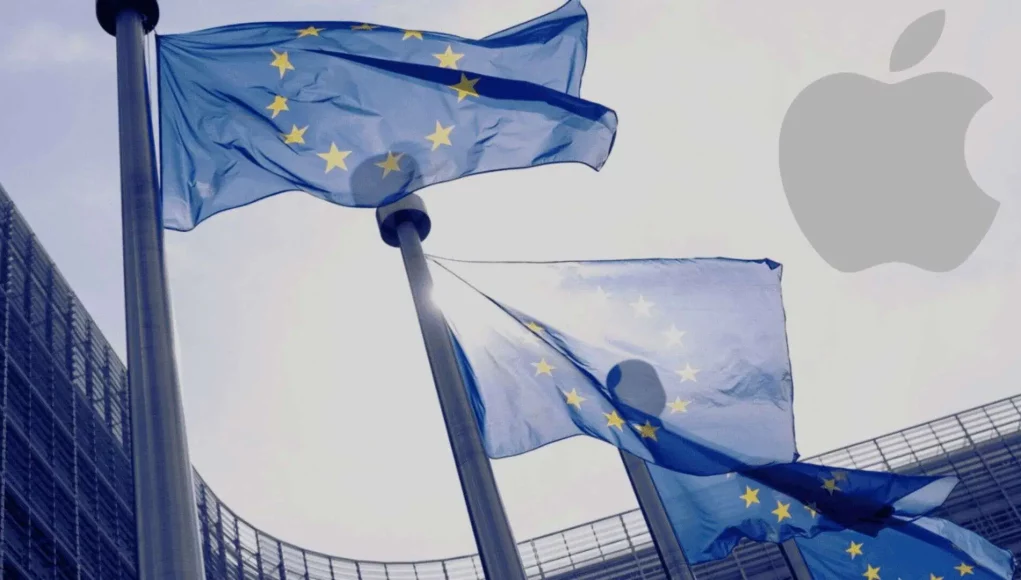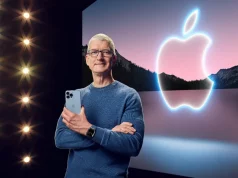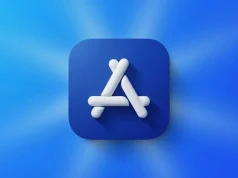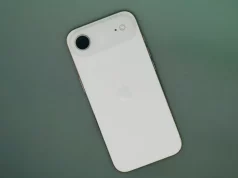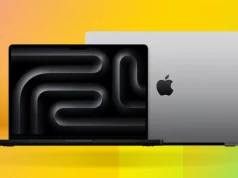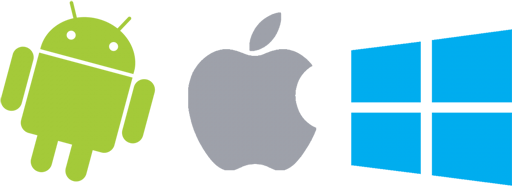Apple has just over two months to start implementing major interoperability changes required by the European Union’s Digital Markets Act (DMA). These updates, which must debut in iOS 26, aim to ensure that iPhones can work more seamlessly with devices from other manufacturers.
What the DMA Requires
Under the DMA, iOS is designated a “Core Platform Service,” and Apple is officially recognized as a gatekeeper. This status obligates the company to open certain system functions so that third-party hardware and software can operate on equal terms with Apple’s own products.
According to the European Commission, Apple must:
- Allow non-Apple smartwatches and headphones to access iPhone features previously limited to Apple devices.
- Support notifications, Wi-Fi credential sharing, and background features for companion apps by the end of 2025.
- Enable payment data transfer through the iPhone’s NFC system to third-party hardware—such as smartwatches—before the end of 2025.
What Apple Needs to Deliver by December 2025
By year’s end, Apple must build the technical foundations in iOS to allow third-party hardware and apps to:
- Receive and respond to iPhone notifications (with explicit user permission).
- Access saved Wi-Fi network credentials from the iPhone, enabling automatic logins for accessories.
- Use simplified pairing—similar to Apple’s “bring-close” setup for AirPods—as an early beta for third-party accessories.
- Run background tasks reliably in their companion apps, even after closures or Bluetooth toggles.
Apple has already implemented Wi-Fi Aware (Wi-Fi Direct) in iOS 26 to improve cross-platform file transfers. However, full system-wide functionality is planned for mid-2026 and may initially be limited to European Union users.
Early Rollout and Regional Differences
The technical groundwork is expected to begin rolling out with iOS 26.1 (currently in testing) and early previews of iOS 26.2. Traces of expanded notification and pairing capabilities have already been discovered in the system code, though full documentation and APIs have yet to be published.
Some of these changes will apply globally, while others might remain exclusive to the EU. For example, Apple has activated Wi-Fi Aware worldwide but reserved deeper integration features for European markets.
Apple’s Position and EU Oversight
Apple continues to warn about potential security and privacy risks linked to sharing key system data—such as Wi-Fi credentials, notifications, and background app activity—with third parties. The company argues that these requirements could compromise user safety and undermine the integrity of the iPhone ecosystem.
In response, the European Commission initiated enforcement proceedings under Article 6(7) of the DMA in September 2024 to ensure Apple’s full compliance with the law’s interoperability mandates.
What This Means for Users and Developers
For consumers, these changes will make iPhones work more fluidly with devices from other brands—smartwatches, headphones, and accessories alike. For developers and accessory makers, they present new opportunities to integrate directly with iOS at levels previously reserved for Apple’s own products.
For Apple, however, this marks a major shift in philosophy: replacing years of tight ecosystem control with a more open, regulated model.
The EU deadlines remain firm. Apple has made early progress—such as adopting Wi-Fi Aware—but still faces significant work to deliver interoperability for notifications, Wi-Fi sharing, pairing, and NFC payment transfers by December 2025. Broader file transfer and system-wide integration are set to follow in 2026. The countdown has begun.

